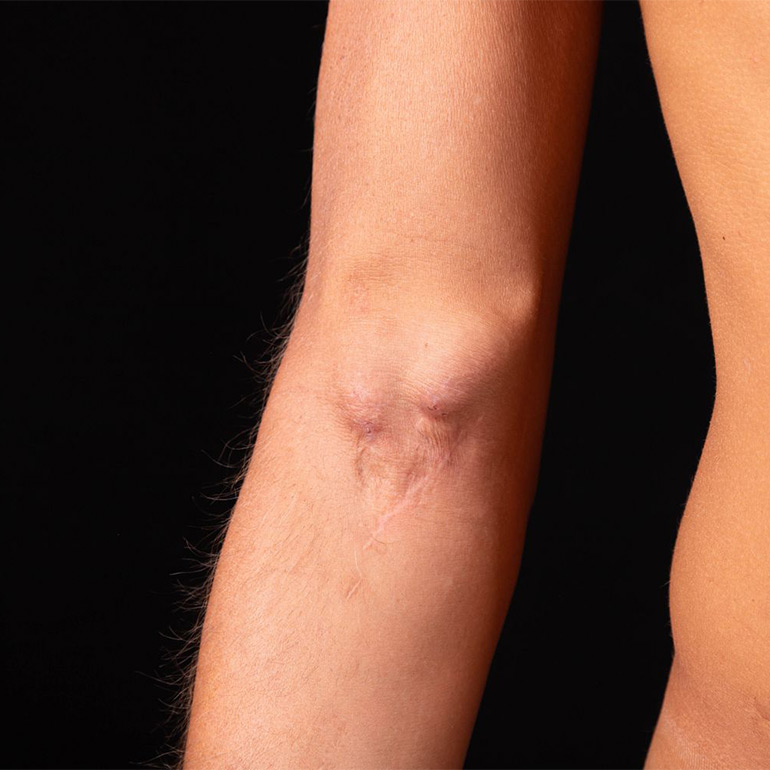
Expert AV Fistula Creation
An arteriovenous (AV) fistula is a surgical connection between an artery and a vein, created to provide reliable vascular access for hemodialysis in patients with kidney failure. Our microvascular surgeons specialize in creating durable AV fistulas using precise surgical techniques that maximize long-term functionality and minimize complications.
We understand that patients requiring dialysis need dependable vascular access to maintain their treatment schedule and overall health. Our approach focuses on creating the most appropriate type of fistula based on each patient's vascular anatomy, previous access history, and individual needs. From preoperative mapping to postoperative care, we provide comprehensive management to ensure optimal fistula maturation and function.
Comprehensive AV Fistula Approach
At our center, we offer a full range of AV access procedures tailored to each patient's unique vascular anatomy and dialysis needs. Our goal is to create functional, long-lasting access while preserving future options and minimizing complications.
- Preoperative vascular mapping with ultrasound
- Radiocephalic (wrist) fistula creation
- Brachiocephalic (elbow) fistula creation
- Brachiobasilic fistula with transposition
- Fistula revision and complication management
AV Fistula Types & Options
We offer various AV fistula configurations, each with specific advantages depending on your vascular anatomy, dialysis needs, and previous access history.
Standard Fistula Locations
- Radiocephalic (wrist) - First choice
- Brachiocephalic (elbow) - Second choice
- Brachibasilic with transposition
- Forearm loop graft when veins inadequate
- Upper arm graft options
Special Considerations
- Diabetic patients with vascular challenges
- Elderly patients with fragile vessels
- Patients with previous failed access
- Pediatric dialysis patients
- Complex revision cases
Procedure & Recovery
AV fistula creation is typically performed under local or regional anesthesia, allowing for precise surgical technique and comfortable patient experience.
Surgical Procedure
- Preoperative ultrasound mapping
- Small incision over selected vessels
- Microsurgical connection of artery to vein
- Confirmation of adequate blood flow
- Layered closure with absorbable sutures
Recovery Process
- Usually outpatient procedure
- Arm elevation to reduce swelling
- Fistula maturation period: 4-8 weeks
- Regular monitoring of thrill and bruit
- Dialysis can begin once matured
Benefits of AV Fistula
AV fistulas offer significant advantages over other types of dialysis access, providing better outcomes and fewer complications for long-term dialysis patients.
Clinical Benefits
- Lower infection rates compared to catheters
- Better blood flow for efficient dialysis
- Longer functional lifespan
- Fewer complications than synthetic grafts
- Lower mortality rates for dialysis patients
Quality of Life Benefits
- Fewer interruptions to dialysis schedule
- Reduced hospitalization for access issues
- Freedom from central venous catheters
- Ability to shower and swim normally
- Improved overall dialysis experience
Frequently asked questions
Understanding AV Fistulas
AV fistulas are considered the gold standard for dialysis access because they have the longest functional lifespan, lowest infection rates, and fewest complications compared to synthetic grafts or central venous catheters. They provide better blood flow for more efficient dialysis treatments and are associated with lower mortality rates. While they require a maturation period before use, their durability and reliability make them the preferred choice for long-term dialysis patients.
Typically, an AV fistula requires 4-8 weeks to mature adequately before it can be used for dialysis. During this time, the vein gradually enlarges and thickens in response to increased blood flow from the connected artery. We monitor the maturation process through physical examination (checking for a strong thrill and bruit) and sometimes ultrasound measurements. The exact maturation time varies based on the patient's vascular health, the location of the fistula, and individual healing factors. We provide specific exercises and care instructions to promote optimal maturation.
While AV fistulas are generally safe, potential complications include infection (less common than with other access types), bleeding or hematoma formation, steal syndrome (where blood flow is diverted from the hand causing coldness or numbness), thrombosis (clotting), failure to mature adequately, aneurysm formation over time, and venous hypertension. We take preventive measures including careful patient selection, preoperative mapping, precise surgical technique, and postoperative monitoring to minimize these risks. Most complications can be effectively managed when detected early.
Proper fistula care is essential for long-term success. After surgery, keep the incision clean and dry until healed. Once healed, perform daily exercises such as squeezing a stress ball to promote maturation. Check daily for the thrill (vibration) and bruit (whooshing sound) that indicate proper blood flow. Keep the access arm clean, avoid tight clothing or jewelry on that arm, never allow blood pressure measurements or blood draws from the access arm, and protect it from injury. Report any changes such as loss of thrill, swelling, redness, pain, or fever to your healthcare team immediately. We provide comprehensive education on fistula care during your recovery.
